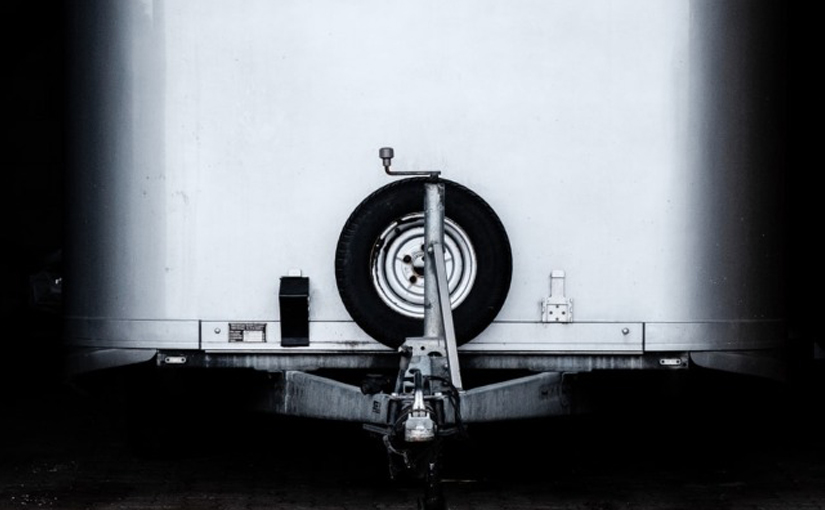Driving a trailer, or trailering, should usually be a very smooth experience. However, there is one situation that is a real cause for concern. This issue can occur if you whether are driving recreational purposes or whether you are driving for business purposes, such as transporting freight from one place to another. This problem is called trailer sway, and that is the perfect description of the issue. Something causes the trailer that you are pulling to sway back and forth, like a pendulum on a clock, and eventually, the trailer can swing so far that it will tip over. Here’s a look at some things that cause this problem and some ways of correcting trailer sway if it happens to you.
WHAT CAUSES TRAILER SWAY?
Some causes of trailer sway include oversteering, going over the speed limit, high winds, and crosswinds. The winds are actually a major factor that impacts the problem of trailer sway, and also can affect towing safety. This makes trailer sway control a very important concern when discussing trailer safety. A study was done by Knott Laboratory concerning accidents pertaining to commercial vehicle towing shows that a crosswind of 35-mph on a large trailer could give force amounting up to 3,440 pounds.
Other factors that may make a driver start correcting trailer sway are roads that are uneven and difficult to navigate; vehicles that are passing the trailer, and loading that has not been done properly. This especially pertains to loads that have not been secured within the trailer.
PREVENTING TRAILER SWAY
There are a few ways to prevent trailer sway:
- Make sure your cargo is loaded within the front half of the trailer box, which should include at least 60% of the cargo in your trailer.
- Make sure that your tow vehicle has not been overloaded.
- Make sure that the maximum gross weight of your trailer has not been exceeded.
- Make sure that cargo has not been loaded on the outside of the trailer or that cargo is sticking out at the back of the trailer. Simply put, cargo should only be loaded on the interior of the trailer.
- Make sure to keep your driving speed consistent, and be sure to keep it at a maximum of 55 mph or less.
CORRECTING TRAILER SWAY
There are a few ways to prevent trailer sway:
- The first thing you do is reduce your speed, take your foot off the gas pedal.
- Secondly, after slowing down, make sure you stay at least 10 miles an hour under the speed limit when you first noticed that your trailer was starting to sway.
- Third, avoid using the trailer brake system and avoid speeding up.
- Fourth, keep the steering wheel steady in a position that will keep you going straight ahead.
- And finally, when it is safe, make sure you pull over, stop. And then move the load inside your trailer. Make sure the heaviest of your freight in the trailer is stationed in the front.
Recap: Correcting Trailer Sway
Safety is a top priority. When you are on the road, make sure to pay attention to all the conditions around you. In order to have a successful trip, whether it is for business or for pleasure, it is important to maintain control of your vehicle at all times and take all the precautions necessary to make the outcome of the travel experience a positive one.
Hayes Towing Electronics Products are Proudly Made in the U.S.A.












